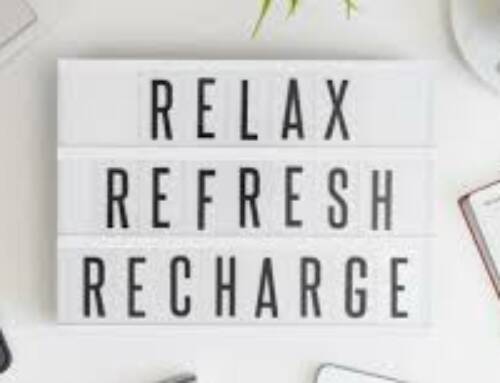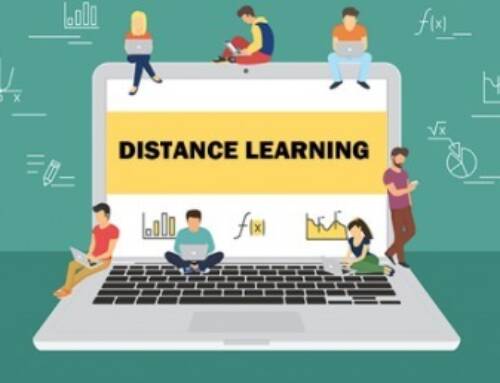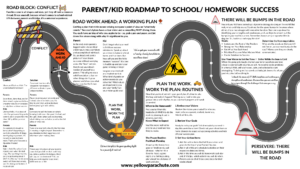And How YP Is Cleaning Them Up
When I mention “personalized learning,” to my ACT students eyes roll, jaws clench, gum snaps, arms cross, shoulders shrug. Why such bummer reactions to a term I believe can revolutionize education?
Because “personalized learning” in schools doesn’t live up to its own hype…yet. (Did you catch that growth-mindset phrasing?)
While states, cities, districts, schools, and teachers have made incredible strides at implementing methods to create more equitable educational opportunities, these methods don’t automatically give students agency. Instead, students view the new learning as “go at your own pace” or “individualized,” but not personalized to the way each needs to access, engage with, and express learning.
What does foster student agency? Showing them that they belong and have a right to an effective education while also teaching them how to ask for what they need to obtain it. And even look for learning tools and evidence outside of the school realm. We don’t need to hold the keys to the doors of knowledge. Until we master this, that we are not the masters, many students will walk out of schools’ doors ill-prepared and disenfranchised from the system.
In order to truly work, personalized learning must put the student at the center as the agent of change, take away the years of entrenched misunderstanding, then teach them what agency is and how to practice it to revolutionize education. Remember, Harry Potter’s wand chose him, but he still needed to learn how to use it.
This is the agenda of our not-for-profit organization Quantum Jump, which will begin working with students and schools in 2020 (!). Meanwhile, Yellow Parachute Learning Coaches will be giving each student we work with the tools to say, “This is who I am and how I learn best.”
Why is this so important in today’s school environment? Kids need more than to-do lists (though I love a good to-do list) to be successful in our society. With machines and AI poised to take over many manual-labor and analytic jobs, we need creative thinkers, problem solvers, and confident communicators to take the wheel of this 21st century economy.
After studying the psychology of motivation for decades, the Raikes Foundation has given us the language to articulate the “4 Learning Mindsets and Skills” that set students up for success:
- I belong to this learning community.
- My ability and confidence grow with my efforts.
- This work has value to me.
- I can succeed at this.
Look for these mindsets and skills in your kids’ classrooms, dance studios, after-school programs, tutoring sessions, basketball courts, hockey rinks, and in your own conversations with them. They build an environment that says, “There’s more than one way to get it right and I have a chance to contribute.” It has to be about more than what the teacher, coach, instructor, or leader says; there must be a fire within that sparks kids to make choices that involve perseverance and self-care.
Here’s the power of true personalized learning: The instructor delivers a model that the student is trained to use. Think of a coach to a player, a conductor to an orchestra. Each may play a different position or instrument, but they know how to take the work they’re doing and apply it to getting better at what they do best as a whole. Poet Gwendolyn Brooks said, “We are each other’s harvest; we are each other’s business; we are each other’s magnitude and bond.”
Student and teacher share a language to communicate to improve the student’s performance. A relationship is built into the core of learning. There will be tension and there will be give and take. That is the nature of learning…and therein lies growth opportunity. Conflicts will be discussed and resolved with care, respect, and concern—with the student at the center. Yes, folks, this teachers and students can cultivate learning mindsets together. And so can parents.
How can you start developing learning mindsets at home?
- Have conversations with your kids about likes, dislikes, and interests in school. What’s easy? What’s hard? Are there any ways to look at the hard stuff to make it easier? Build in rewards? Work in 15 minute chunks? Layer it between stuff you like? The earlier you start the conversation, the easier it will be to have.
- Take the executive function survey and help your kiddos make stretch goals for the rest of the year. What’s something you REALLY want to focus on until the end of school and how will you know you’re achieving it? Encourage your kiddo to talk to the teacher about these goals!
- When your kids ask: “When am I going to use this in real life?” ask back, “Let’s see if you can come up with three real-life opportunities to use this skill.” Perhaps they won’t use every fact or math problem that they’ve learned in class, but they will use systemic and process-oriented thinking, critical thinking, and problem-solving skills. Where can they look for those skills in the work they’re doing or want to do? And how can they use a vision of what they want to do to help get the most out of the current assignment?
- Teach and model that learning is hard work. Just like basketball practice, theater rehearsal, piano practice, and track workouts, the muscles students flex during learning require hard work and will cause fatigue. Refuel and refresh; emphasize the value of hard work and discomfort.
- Praise effort and growth—the process not product. Compliments on the work you see instead of labeling the work as “great” or speaking to ability. For example, “I saw you practice going wide today instead of going straight to the net. Way to go in trying that! How’d it feel?”
It’s also an excellent time to hire a learning coach, trained in our organization/study skills curriculum. We’re in the second half of the school year; students are learning new material and the transition to the next grade is in view. This is an awesome opportunity to build habits, study skills, and language around how a student learn best.
Most importantly, as they’re learning the pieces of what makes them tick and how they tick best, your kiddos will learn how to express needs, interests, passions, and goals in ways that help teachers see them for who they are and help them become who they want to be. Learning and growth is non-linear, not about supply and demand but about capabilities and opportunities. And with a clear communication plan in place, teachers get to become who they set out to be when they took up this noble career: educators and life-changers.
And remember my hockey players? When they view themselves as athletes, my kids make food choices based on this identity. They fuel their bodies wisely rather than on a whim or a craving. They delay gratification for the bigger picture and higher goal. And I believe this shift also happens when our kids start to think of themselves as learners. When kids identify as learners, they can understand an assignment or project’s deeper value—that bigger picture—then gain knowledge and experience from that choice, rather than simply a grade.
What you get by achieving your goals is not as important as what you become by achieving your goals.
– Henry David Thoreau
-Cara







